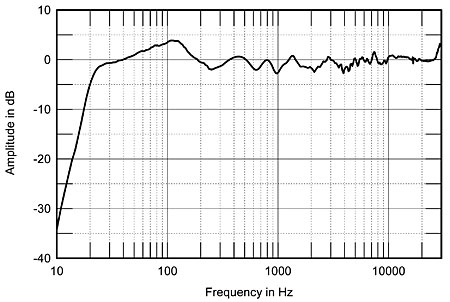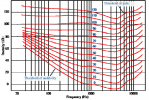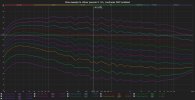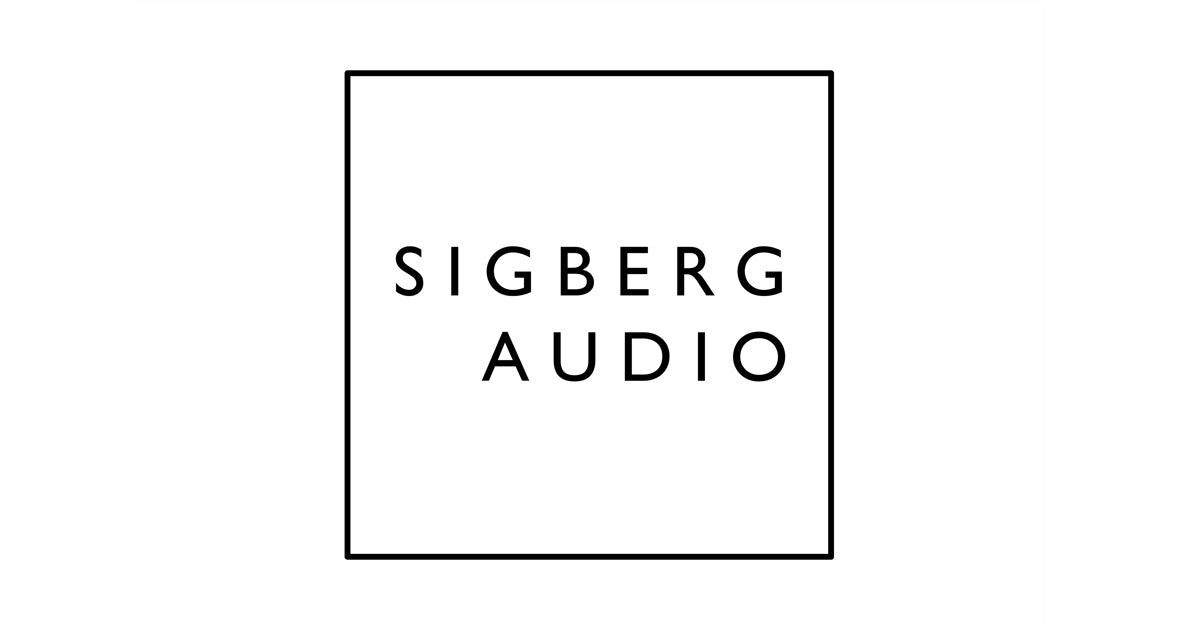Im look at slightly more powerful speakers
Tried the other day to give it all it's got for a certain song, it was loud and okay bass but i missed a more pronounced,punchier bass (without adding a subwoofer to my system) and the ability to play loud very effordless, like some higher tier systems or pa systems can do
The other day i tried this speaker with a Denon PMA-900HNE, not the most powerful amp but the combination is loud but a little dark, so i had to turn the highs all the way up to get a good balance, the bass is of course really good and i could play loud.
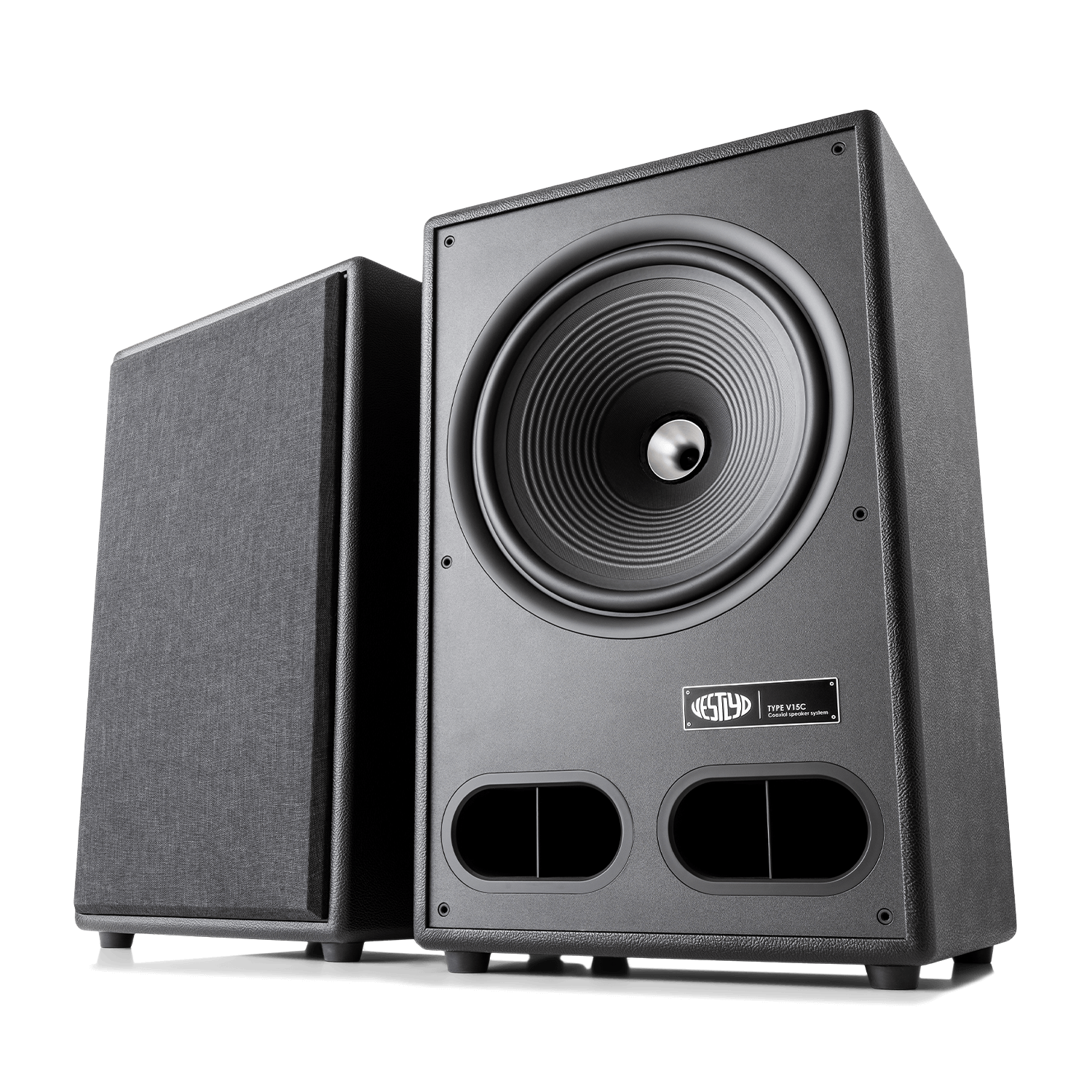
 vestlyd.com
vestlyd.com
![VESTV15CBK_O_1_1800x1800[1].png VESTV15CBK_O_1_1800x1800[1].png](https://www.audiosciencereview.com/forum/index.php?attachments/vestv15cbk_o_1_1800x1800-1-png.354035/)
Most high end,higher tier speakers i listen to was Dali Opticon 2,Dali Rubicon 2 B&W 607 and 606 S3 and B&W 706 S3 or 707 S3
None of them didn't really have any deep bass, around 50 hz - 3 db was the most and even rated at 50hz it might not go as deep as 50hz -3db (the same with sensitivity), B&W 606 S3 how ever sounded tighter,deeper and a little louder,punchier than the other hifi speakers (but could be to much in the highs at high levels with the wrong amp)
Some speakers have alot of midbass (warmth) some have alot of bass and some has alot of deep bass (lets say bass is 80-50hz and deep bass is 50hz and down)
If loud music is one of your goals you must go for a big speaker +6" + high sensitivity, regardless of frequency response, what bass extension,hz should you aim for ?
Or to say it in another way, what hz is playing normal pop,jazz,rock,heavy metal,rap, regular electronic music like jean michel jarre, mike oldfield, yello, kraftwerk... the lower limit ?
Music 90% of all people listen to where there isn't any bass under a certain frequency, like trying to buy speakers that go much lower than 45-50hz at -3 or -6 db where some people might say theres not much (normal) music with bass under 50hz and therefor the lower bass extension would be a wast of money, as long as the speaker,amp combination you have can play loud enough
What is the bass extension to go for ?
Tried the other day to give it all it's got for a certain song, it was loud and okay bass but i missed a more pronounced,punchier bass (without adding a subwoofer to my system) and the ability to play loud very effordless, like some higher tier systems or pa systems can do
The other day i tried this speaker with a Denon PMA-900HNE, not the most powerful amp but the combination is loud but a little dark, so i had to turn the highs all the way up to get a good balance, the bass is of course really good and i could play loud.

V15C
15" power monitor with massive power and great hi-fi qualities. V15C delivers insane dynamics, soundstage, and heavy bass, even in huge rooms. With its 15” woofer and 95 dB sensitivity, V15C is as much a physical experience as it is a musical one.
Most high end,higher tier speakers i listen to was Dali Opticon 2,Dali Rubicon 2 B&W 607 and 606 S3 and B&W 706 S3 or 707 S3
None of them didn't really have any deep bass, around 50 hz - 3 db was the most and even rated at 50hz it might not go as deep as 50hz -3db (the same with sensitivity), B&W 606 S3 how ever sounded tighter,deeper and a little louder,punchier than the other hifi speakers (but could be to much in the highs at high levels with the wrong amp)
Some speakers have alot of midbass (warmth) some have alot of bass and some has alot of deep bass (lets say bass is 80-50hz and deep bass is 50hz and down)
If loud music is one of your goals you must go for a big speaker +6" + high sensitivity, regardless of frequency response, what bass extension,hz should you aim for ?
Or to say it in another way, what hz is playing normal pop,jazz,rock,heavy metal,rap, regular electronic music like jean michel jarre, mike oldfield, yello, kraftwerk... the lower limit ?
Music 90% of all people listen to where there isn't any bass under a certain frequency, like trying to buy speakers that go much lower than 45-50hz at -3 or -6 db where some people might say theres not much (normal) music with bass under 50hz and therefor the lower bass extension would be a wast of money, as long as the speaker,amp combination you have can play loud enough
What is the bass extension to go for ?
Last edited:

